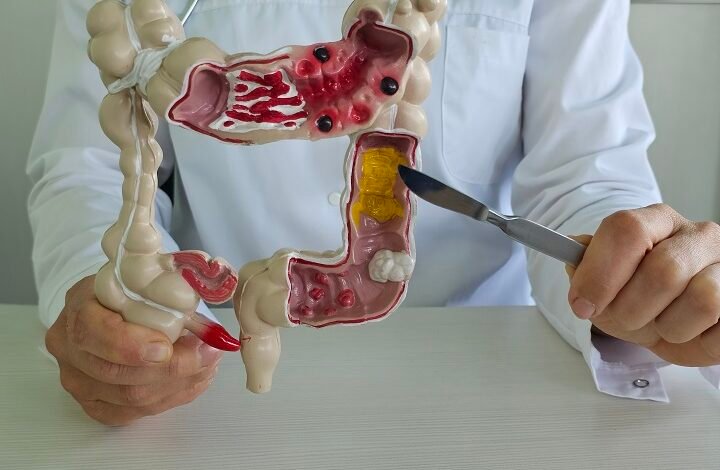What to Expect from Endoscopic Sleeve Gastroplasty Singapore

Endoscopic Sleeve Gastroplasty (ESG) is a minimally invasive weight loss procedure that is becoming more common in Singapore. It is designed to help individuals reduce their stomach size without the need for surgery, offering a quicker recovery time compared to traditional bariatric surgery. Below is a detailed guide on what to expect from this procedure.
How Endoscopic Sleeve Gastroplasty Works
ESG is carried out using an endoscope, which is a flexible tube inserted through the mouth to reach the stomach. During the procedure, a series of stitches are placed to reduce the size of the stomach. This leads to the patient feeling full more quickly, which helps limit food intake and promotes weight loss.
Because the procedure does not involve external incisions, recovery times tend to be faster, and there is a lower risk of complications compared to more invasive surgeries. ESG is often chosen by individuals seeking a less invasive option for managing obesity.
Who is Suitable for ESG?
Endoscopic Sleeve Gastroplasty is generally suitable for individuals with a Body Mass Index (BMI) of 30 or higher. It is particularly recommended for those who have not achieved significant weight loss through diet and exercise alone. Patients who may not be eligible for traditional bariatric surgery, perhaps due to underlying health conditions, can often undergo ESG.
In Singapore, obesity-related conditions such as diabetes and high blood pressure are common reasons why individuals seek ESG as an option to improve their overall health.
What Happens During the Procedure?
The ESG procedure usually takes between 60 and 90 minutes and is performed under general anaesthesia. Once the patient is sedated, the endoscope is inserted through the mouth and into the stomach. The surgeon then places stitches to reduce the stomach’s size. No external cuts are made, so most patients can leave the hospital the same day or the next, depending on their recovery.
Recovery and Aftercare
After the procedure, patients need to follow a specific dietary plan. This starts with a liquid diet and gradually moves to soft and then solid foods over the following weeks. This allows the stomach to heal and adapt to its new size.
Patients in Singapore can expect regular follow-up visits with healthcare providers to monitor their progress and make necessary dietary or lifestyle adjustments. These follow-ups are crucial for achieving long-term success after the procedure.
Potential Risks and Benefits of ESG
As with any medical procedure, ESG carries some risks. The most common side effects are nausea, vomiting, and mild abdominal discomfort, which usually resolve within a few days. Serious complications, such as infection or bleeding, are rare but can occur.
The benefits of ESG are significant for many patients. Most people experience substantial weight loss within the first year, and the procedure often leads to improvements in obesity-related conditions like Type 2 diabetes and high blood pressure. For those seeking a less invasive alternative to surgery, ESG provides a valuable option.
Cost of ESG in Singapore
In Singapore, the cost of Endoscopic Sleeve Gastroplasty can vary depending on the healthcare provider. The procedure is generally more affordable than traditional bariatric surgery due to its minimally invasive nature and the reduced need for post-operative care. Patients are advised to consult with their healthcare provider about insurance coverage and payment options.




